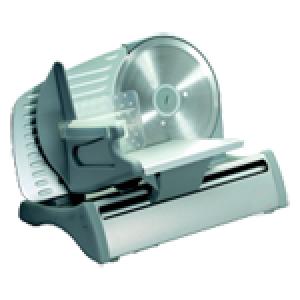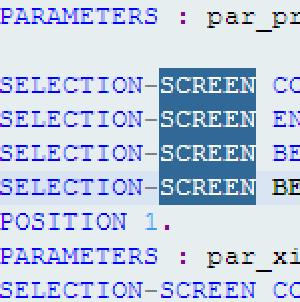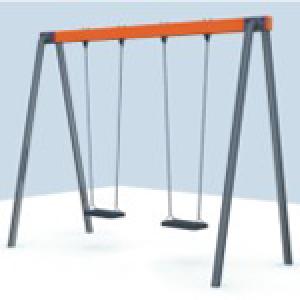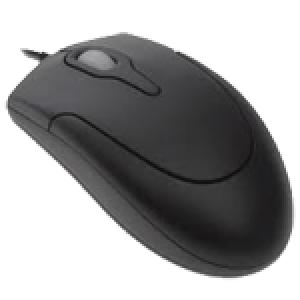Multilingual programs that know what they are talking about

SAP is multilingual. But ABAP not always. ABAP does have some ability to learn and speak a few languages, but sometimes the programmers do not let it. A lot of programmers whack literal texts directly into the program, leaving it forever unable to communicate in multiple languages. I can think of two reasons for shackling a program to just one language: Laziness, the main reason for doing things badly;















